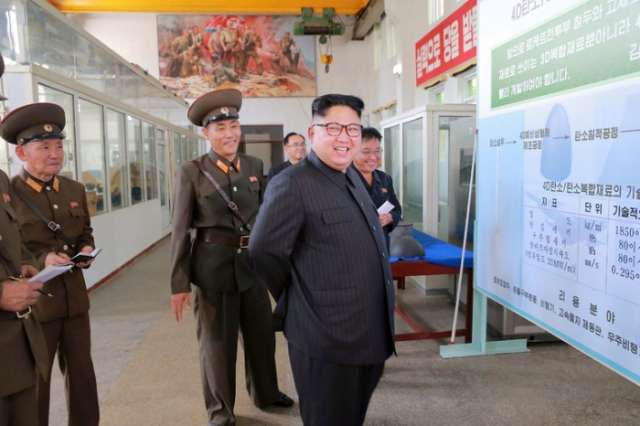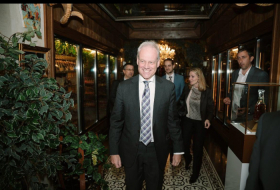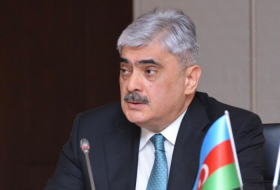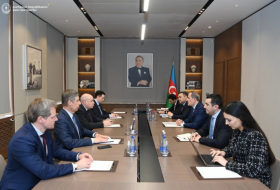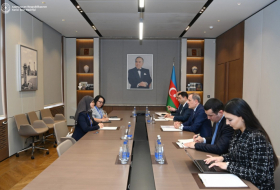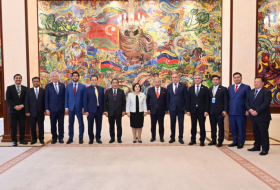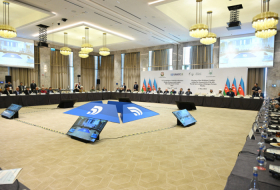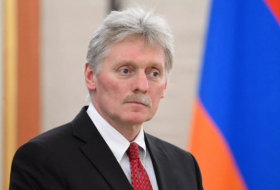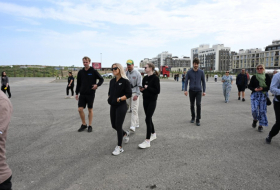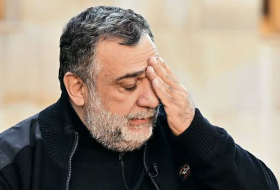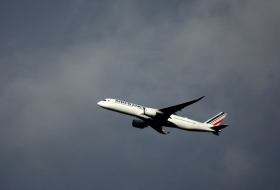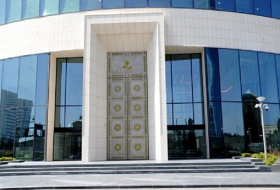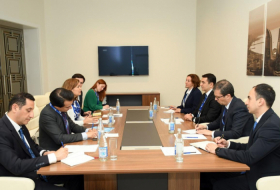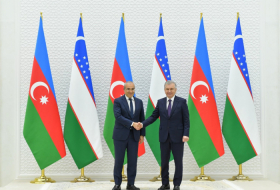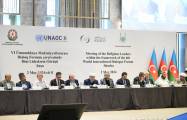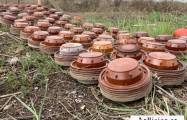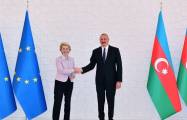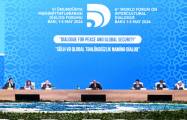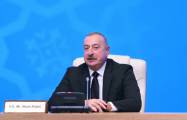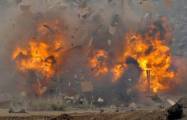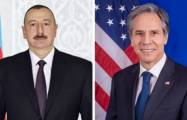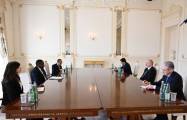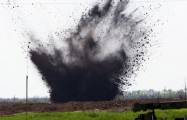Mr. Kim gave his order to bolster the country’s missile arsenal during a visit to the Chemical Material Institute of the Academy of Defense Science, the North’s official Korean Central News Agency said, without disclosing when the visit took place.
“He instructed the institute to produce more solid-fuel rocket engines and rocket warhead tips by further expanding engine production process and the production capacity of rocket warhead tips and engine jets,” the news agency said of the visit.
It said the institute was responsible for producing fiber and carbon compound materials used to build high-power rocket engines and so-called re-entry vehicles for ballistic missile warheads.
Building a reliable re-entry vehicle, which allows a warhead to survive the intense heat and friction of re-entering the atmosphere, is one of the most difficult hurdles to clear in building an intercontinental ballistic missile, or ICBM. Mr. Kim said his country had proved its mastery through recent missile tests, including two ICBM launchings last month.
In its last test of its Hwasong-14 ICBM, on July 28, North Korea demonstrated that the missile could reach major cities in the middle of the continental United States, analysts said. But South Korean intelligence officials and other analysts still doubt that the North has mastered re-entry technology, though they said it was making faster progress than they had previously believed.
The North’s Hwasong-series missiles have used liquid fuel. But in recent years, the country has been testing solid-fuel missiles known as Pukguksong. Last August, it flight-tested a submarine-launched ballistic missile, or SLBM, called the Pukguksong-1. It also tested a land-to-land Pukguksong-2 intermediate-range ballistic missile in February, and again in May.
One of the photos from Mr. Kim’s visit to the institute that were carried in the main North Korean state-run newspaper, Rodong Sinmun, showed what appeared to be a conceptual diagram for a missile called the Pukguksong-3. It was identified as an “underwater strategic ballistic missile,” indicating that it would have a longer range than the Pukguksong-1.
South Korean officials have long feared that North Korea was building a more advanced Pukguksong missile.
Since at least 2013, South Korea has been building a program known as Kill Chain that is aimed at detecting signs of imminent missile and nuclear attacks from the North with the help of American spy satellites, and, if necessary, neutralizing its weapons with pre-emptive strikes.
But submarine-launched ballistic missiles are relatively hard to detect, and a longer-range version of such a missile would give the North considerably more strategic leverage, military experts said.
“It appears that the North is trying to tell the world that its re-entry and solid-fuel technologies are no longer experimental but have reached the stage of mass production,” said Kim Dong-yub, a defense analyst at the Institute for Far Eastern Studies at Kyungnam University in Seoul. “Though whether that’s credible is another matter.”
During a nationally televised news conference Thursday, President Moon Jae-in of South Korea indicated that the North had not built a reliable ICBM.
“I think the red line is when the North completes an ICBM and weaponizes it by loading it with a nuclear warhead, and it is inching toward that critical red line,” Mr. Moon said, warning that additional missiles tests by the North would invite tougher and “unbearable” sanctions from the United States.
Mr. Kim’s trip was his first reported public appearance since he visited the North Korean missile command last week and was briefed about its plan to launch four ballistic missiles to create an “enveloping fire” around Guam, home to key American military bases in the Western Pacific.
At the time, Mr. Kim said he would watch the Americans’ activity for a while before approving that plan. The United States and South Korea began annual joint military exercises this week to which the North vehemently objects.
More about: #North-Korea








